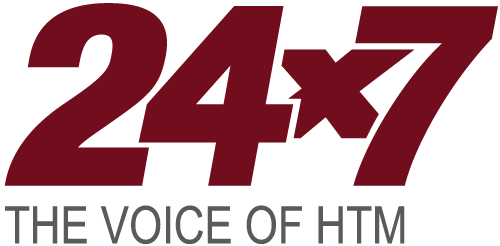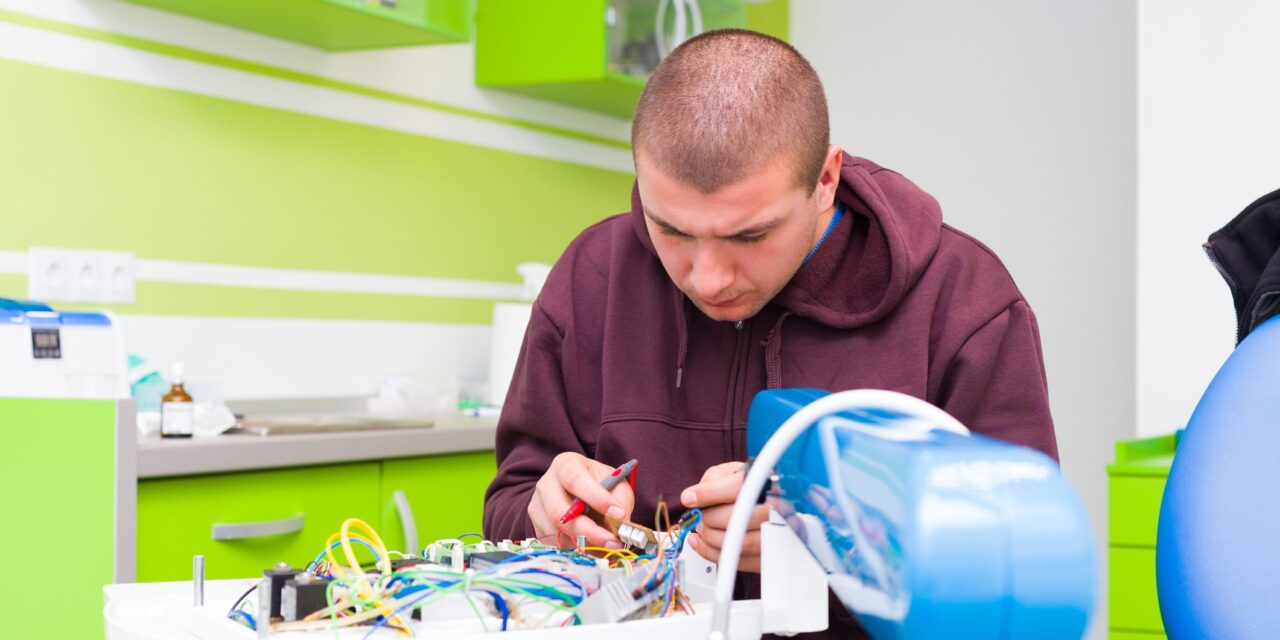The 2025 Field Service Benchmark Report by Aquant reveals that AI-driven tools are helping third-party service organizations reduce repair time and improve first-time fix rates.
Summary
The 2025 Field Service Benchmark Report by Aquant analyzes trends, challenges, and opportunities in the service industry, with a focus on AI-driven solutions for improving repair efficiency. The report highlights a growing service expertise gap, where top-performing technicians significantly outperform others, impacting repair times and service costs. Findings show that AI-powered tools help reduce repair times by 39%, increase first-time fix rates, and decrease avoidable dispatches. The study is based on data from nearly 160 service organizations and over 600,000 technician service records.
Key Takeaways
- AI Reduces Repair Times and Improves Accuracy – Organizations using AI-powered service tools achieved a 39% faster resolution time and a 21% increase in repair accuracy, helping technicians diagnose and fix issues more efficiently.
- One-Third of Service Queries Are Solvable Without On-Site Visits – The report finds that 14% of truck rolls are unnecessary, and one-third of service issues can be resolved through self-service, reducing technician workload and costs.
- The Service Expertise Gap Impacts Performance and Costs – Top-performing companies maintain a first-time fix rate of 86%, compared to 53% for lower performers, while avoidable dispatch rates for underperforming organizations can be as high as 24%, leading to millions in additional costs.
Aquant, an AI platform built for servicing complex machinery, released its 2025 Field Service Benchmark Report, offering an analysis of trends, challenges, and opportunities shaping the future of the service industries.
The report reveals a growing divide between top-performing technicians and the rest of the workforce—fueled by rising customer expectations, increasingly complex machinery, and the ongoing skilled labor crisis.
The report also highlights how top-performing organizations leverage strategies, such as the Shift Left Method—emphasizing remote and self-service options—and AI designed specifically for the service use cases at hand, to redefine what it means to deliver great service.
Aquant analyzed nearly 160 service organizations including service divisions within OEMs and third-party service organizations across medical devices, manufacturing, commercial printing, industrial, machinery, food service equipment, and more—totaling over 600,000 technician service records and $9.5 billion in service costs.
“Millions in service costs are on the line for organizations failing to resolve issues quickly and live up to rising customer expectations,” says Assaf Melochna, CEO and co-founder of Aquant, in a release. “While challenges like the skilled labor shortage threaten operational efficiency, forward-thinking companies are setting new standards. Our latest benchmark report provides practical strategies, inspired by examples from leading companies, to close the expertise gap, enhance performance, and meet the rapidly evolving demands of today’s service industry.”
Key Findings
Key findings from the 2025 Field Service Benchmark Report include:
- Service experience gap:
- 14% of truck rolls—one in seven onsite service visits—are unnecessary, leading to inflated costs and technician burnout.
- One-third of service queries are solvable without a professional’s help and can be resolved through self-service.
- AI-powered solutions enable top-performing organizations to achieve a 39% faster resolution time and a 21% increase in accuracy.
- A failed first visit adds two additional visits on average, extending resolution timelines by 14 days.
- Performance metrics:
- Top companies boast a first-time fix rate of 86%, compared to 53% for bottom performers.
- Resolution time for top organizations averages three days—eight days faster than their lower-performing peers.
- Time between service visits for leaders is 131 days, nearly triple the 50 days achieved by laggards.
- Cost disparities:
- Avoidable dispatch rates are just 3% for top performers versus 24% for the bottom 20%.
- The annual cost gap between high and low performers can reach $1.8 million.
- A 1% improvement in remote resolutions can save organizations $1.1 million annually.
Blueprint for Becoming Best-in-Class
The report outlines the key strategies top-performing organizations are adopting to stay ahead:
- Benchmarking critical KPIs such as avoidable dispatch rates and first-time fix rates to identify and address performance gaps.
- Proactively closing knowledge gaps and upskilling technicians by leveraging AI to democratize expertise across the workforce.
- Adopting the Shift Left Method to resolve issues earlier, reducing the need for on-site visits.
Aquant is an AI platform built to empower service teams in industries like medical devices, medical devices, and industrial machinery to work smarter and more efficiently. The platform helps service leaders, field technicians, and contact center agents bridge the service expertise gap by delivering expert-level recommendations tailored to each specific scenario.
ID 86760537 © Sandor Kacso | Dreamstime.com





